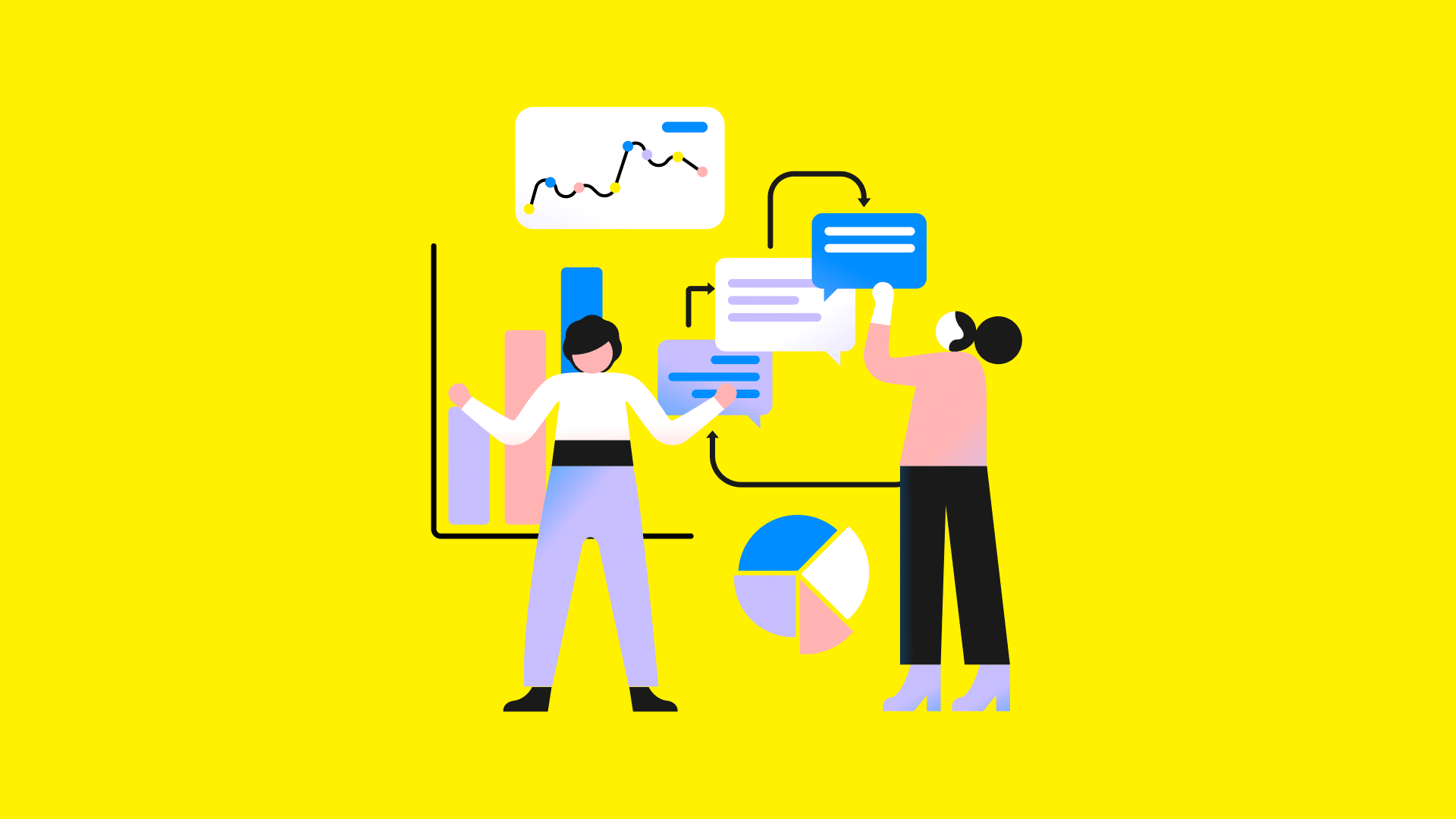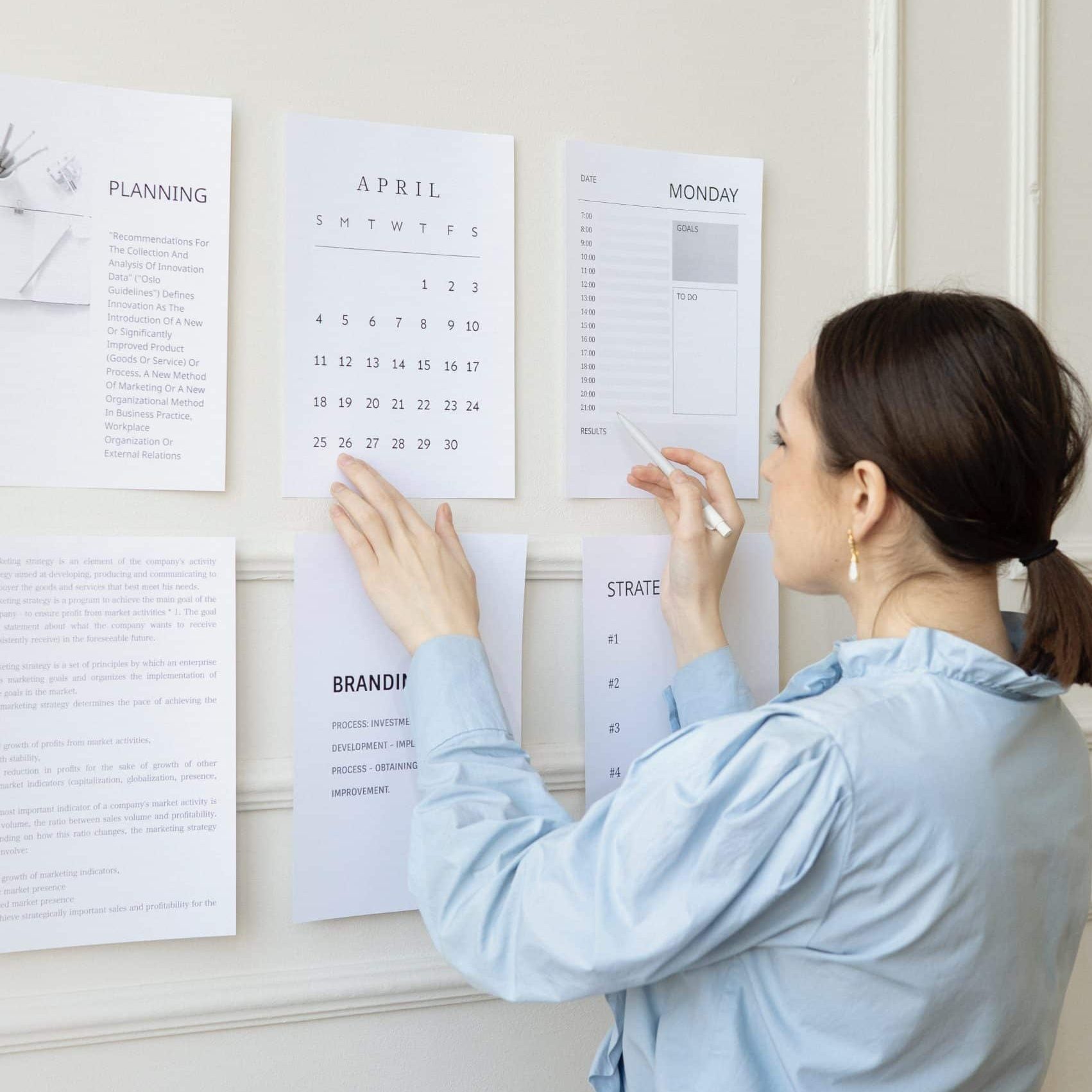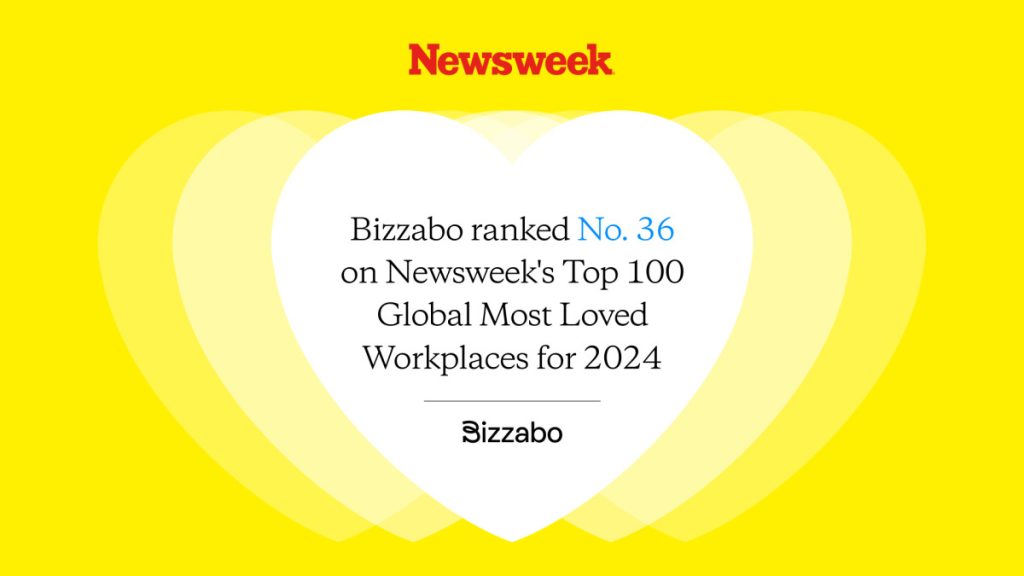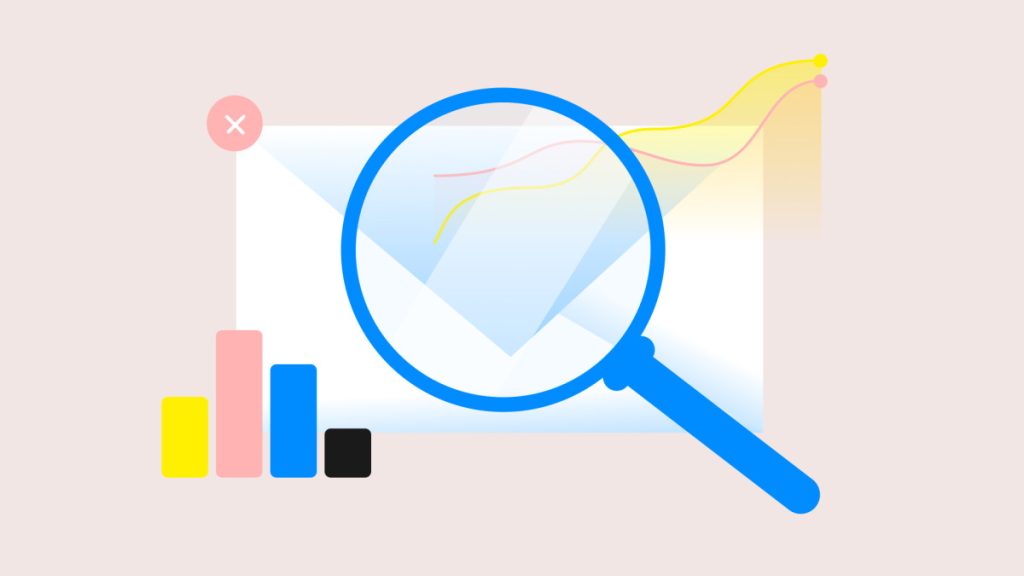The Easy Guide To Building an Event Communications Plan and Timeline


Effective communication plays a crucial role in event success, whether you’re planning a conference, trade show, workshop, or any other event. In this article, we’ll examine what you need to do to create an event communications plan, a timeline that can guide your communications cadence, and some best practices you can follow to ensure optimal results.
Things To Do Before You Start Communicating Your Event
Before you begin communicating your event, it’s vital to establish your event goals and objectives. Chances are you’ll want to raise brand awareness, engage your audience, generate revenue, and create networking opportunities.
Once you understand what you hope to achieve from the event, it’s time to identify the target audience you hope to attract and the key stakeholders who will help you execute your event strategy and craft compelling event messaging.
At this point, conduct a communication needs analysis to determine which channels you should use to engage your audience, your communication strategies, and what you can improve upon. After that, create a comprehensive event communications plan and design visually appealing event materials to ensure your messaging is well received.
How To Create an Effective Event Communications Plan
Whether planning a massive, large-scale conference or a small webinar, you must be realistic when crafting the event timeline. While you can start planning marquee events a year out, you might not need as much time to plan a customer training session on Zoom, for example.
As you assemble a timeline, here are other ideas to remember:
- Determine critical milestones and deadlines. Crafting an event timeline starts with identifying crucial milestones and setting deadlines for tasks and deliverables. This ensures that everyone knows the timeline’s critical points, making planning and executing each event stage easier.
- Allocate resources and assign responsibilities. A well-designed timeline involves assigning specific responsibilities to team members and allocating the necessary resources for each task. This ensures that the right people are accountable for completing their assigned activities on schedule, promoting efficiency and accountability throughout the event planning process.
- Incorporate flexibility for adjustments and contingencies. When orchestrating any event, it’s only a matter of time before something unplanned rears its ugly head. An effective event timeline recognizes the flexibility needed to accommodate unexpected changes and contingencies. By building in buffer time and allowing for last-minute changes — like a speaker backing out of the event or a venue change — you can adapt your timeline to unforeseen circumstances without significantly disrupting the overall flow of the event. This ensures a seamless event experience even when the unexpected occurs.
Timeline for Event Communications
Although every event is different, here’s a general timeline for event communications that should give you an idea of a robust event communications strategy.
6–12 months before the conference
- Launch a call for papers or presentation proposals.
- Start a “save the date” campaign on social media and through email marketing announcements.
- Build an event website.
4–6 months before the conference
- Send press releases and media pitches.
- Promote the conference through paid digital and print media.
- Continue promoting the conference on social media and through email marketing campaigns.
1 month before the conference
- Send a reminder to attendees and presenters.
- Promote the conference on social media and through email marketing campaigns.
The week of the event
- Send two or three reminders and include any last-minute promotions or giveaways.
During the event
- Send live event updates and tackle social media engagement.
- Send press releases and boost media presence around the event.
24 hours after the event
- Send a follow-up email to attendees and participants thanking them for their time.
- Send out a survey to collect feedback, using that data to improve your next event.
- Start adding any on-demand content to your event website.
72 hours after the event — and beyond
- Begin reviewing survey feedback.
- Start repurposing event content for use throughout the year — think podcasts, blog articles, videos, webinars, and more.
- Update your website with next year’s event date (if available).
6 Best Practices for Effective Event Communication

1. Maintain Consistent Branding and Messaging
When you ensure consistent branding and messaging across all event communications, you create a cohesive, professional experience for your audience. Consistency helps reinforce the event’s identity and key messages, ensuring participants clearly understand the event’s purposes and objectives.
2. Use Engaging Storytelling Techniques
Incorporating storytelling techniques into event communications captives your audience and creates an emotional connection, which drives more attendance. By weaving narratives and personal experiences into promotional materials and event content, organizers can increase awareness and interest while building anticipation.
3. Embrace Personalization and Segmentation
In an age when customers demand personalization, events teams must tailor communications based on audience segments and personal preferences. For example, you might create several personas — executives, engineering, and sales — and then build nurture sequences for each. By personalizing outreach, you increase the chances messaging resonates with specific groups, which increases attendance.
4. Use Multimedia Content
Multimedia content — images, videos, and infographics — can add variety to your messaging and visual appeal that engages readers. These dynamic elements can convey information, evoke emotions, and generate excitement, increasing your overall impact.
5. Monitor and Respond to Feedback
Actively monitoring participants’ feedback during and after your event enables you to gauge attendee and vendor satisfaction and make necessary adjustments. By promptly acknowledging and responding to feedback, you demonstrate your commitment to the attendee experience and get the data you need to improve your events continuously.
6. Hold an Event Debrief and Ask the Right Questions
Holding an event debrief allows you to reflect on your successes, challenges, and areas for improvement. By asking targeted questions — like which sessions were the best and which were least attended — you can gather the insights you need to improve your programming for future events.
Bring Your Event Communications Plan to the Next Level
As you can see, there’s no shortage of details to consider when formulating your event communication plan. By doing your due diligence and ensuring you have enough time to communicate your messaging and branding with your audience, you can build a workflow to guide all event messaging moving forward.
The best event strategies are fluid and continuously improving. Don’t forget to embrace continuous improvement by proactively collecting and using data to improve your communication strategy for future events.
Wondering how you’ll fill up your communications calendar with the right content? Get started by leveraging generative AI to quickly and easily produce all the content you need. Download our free guide featuring 100+ AI chatbot prompts to help you harness the power of generative artificial intelligence to scale your event strategy.



